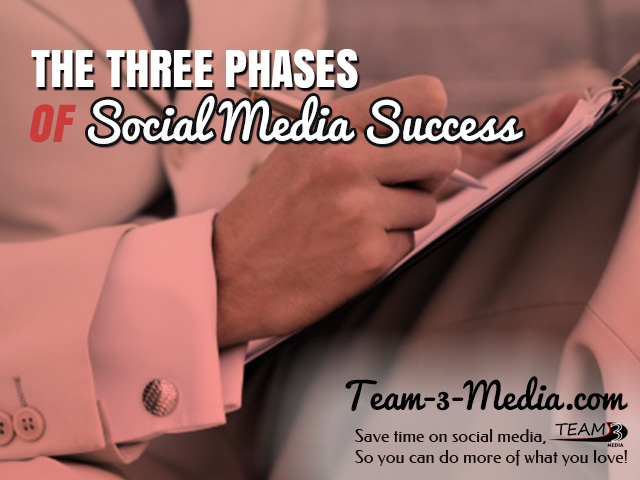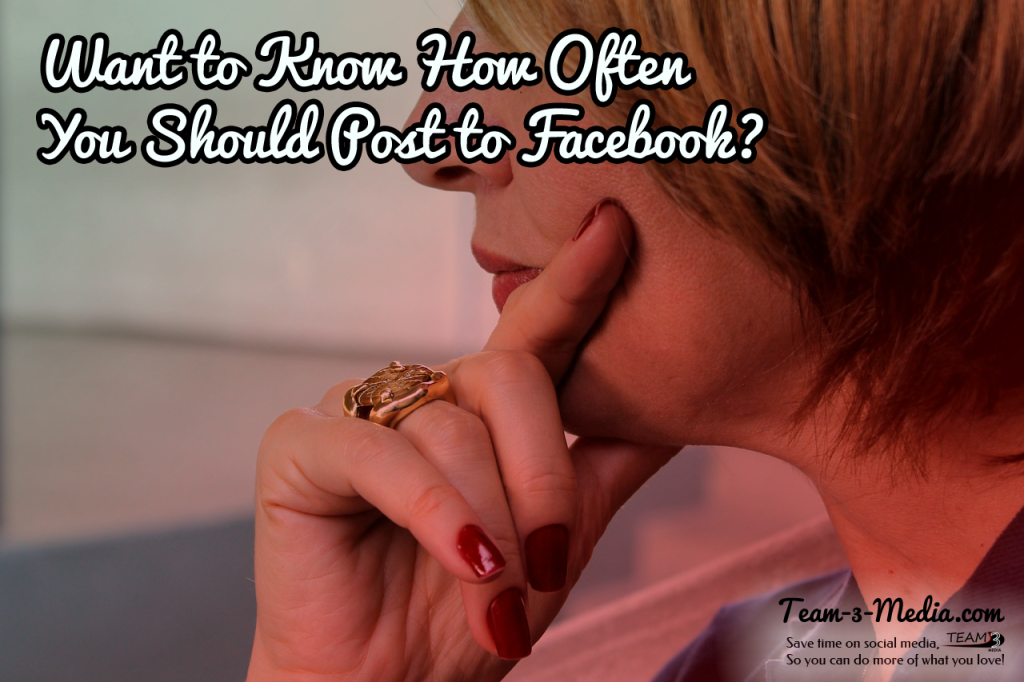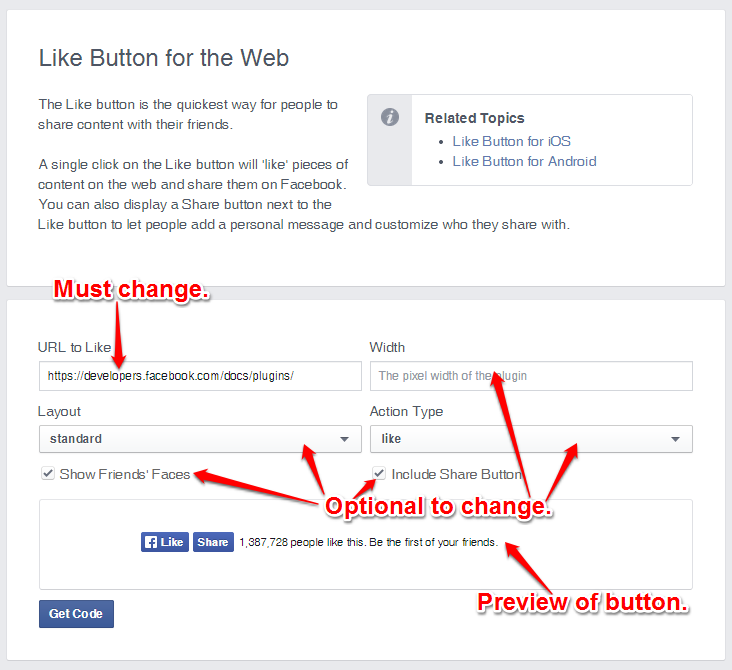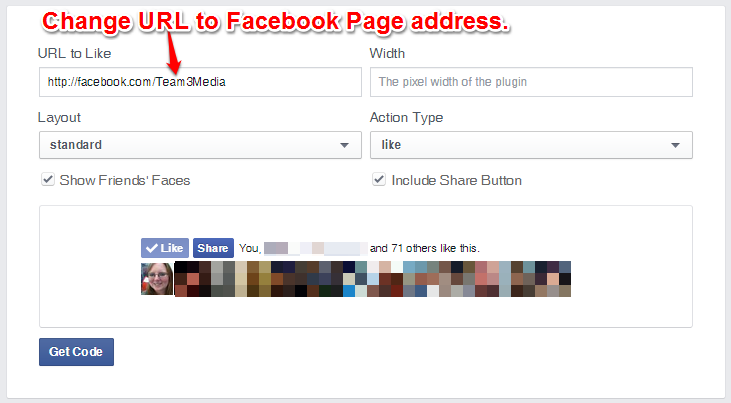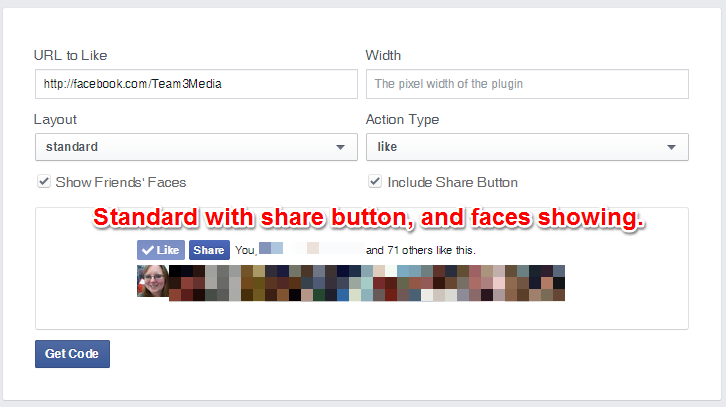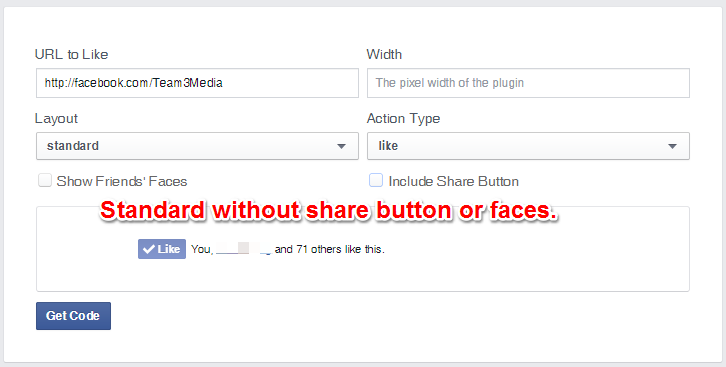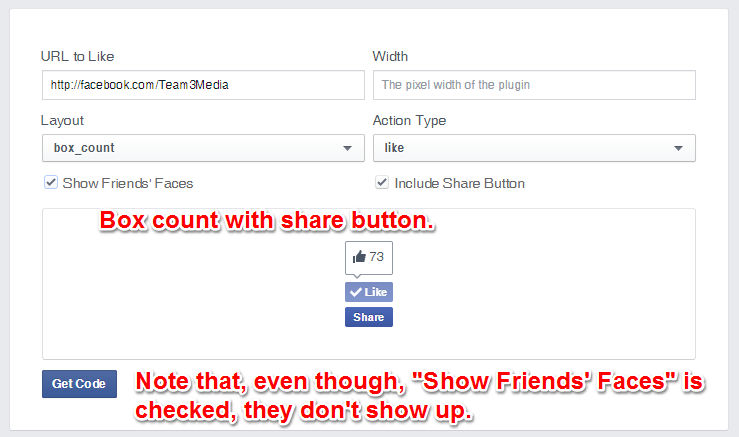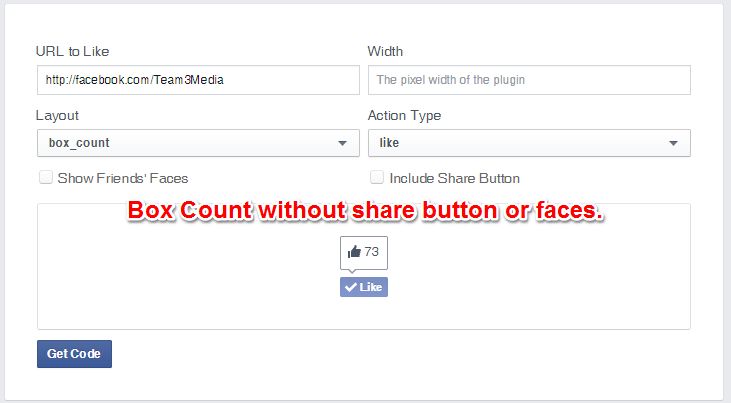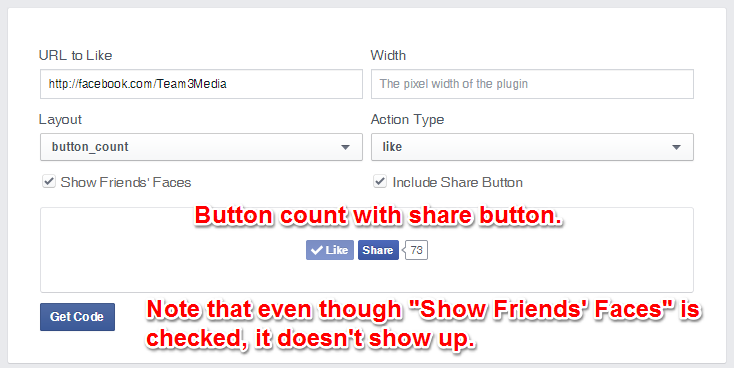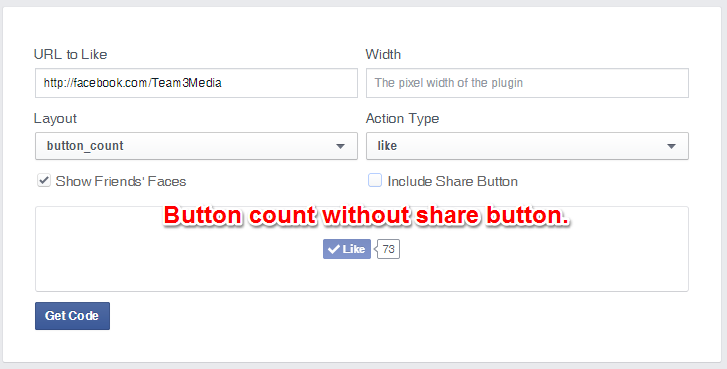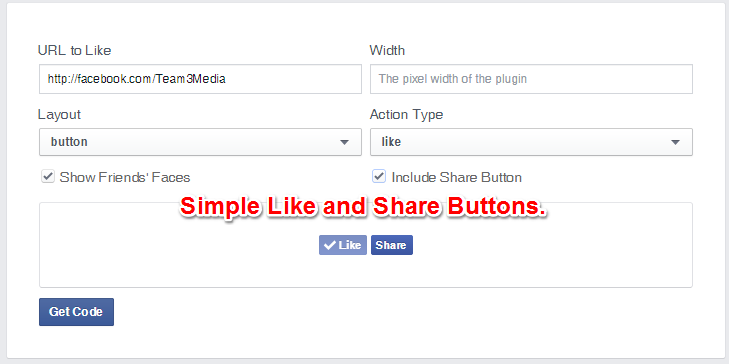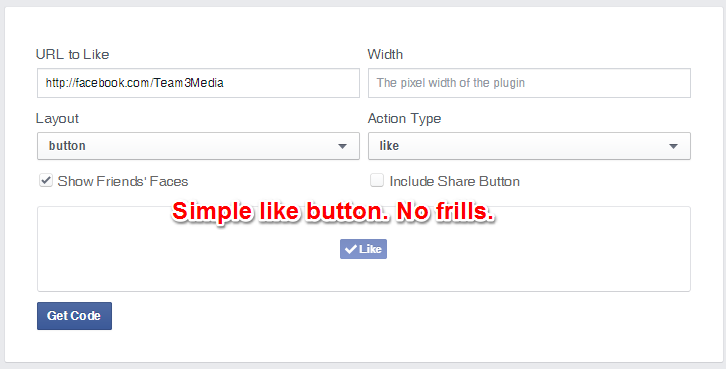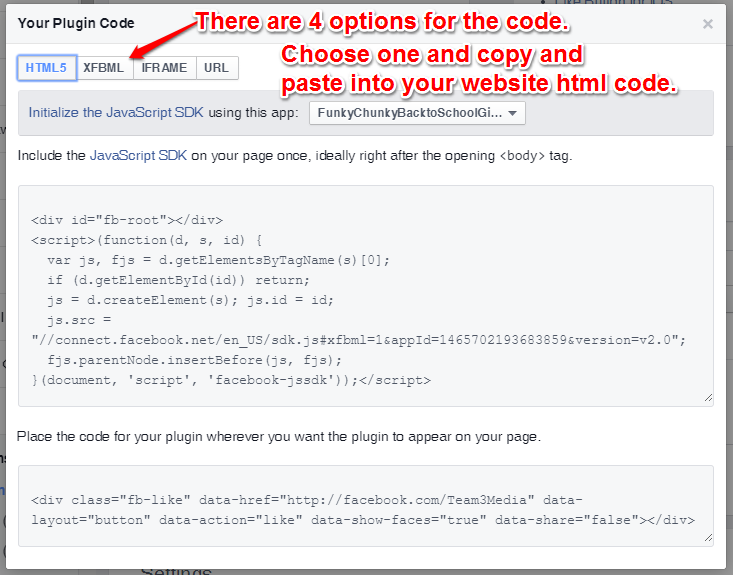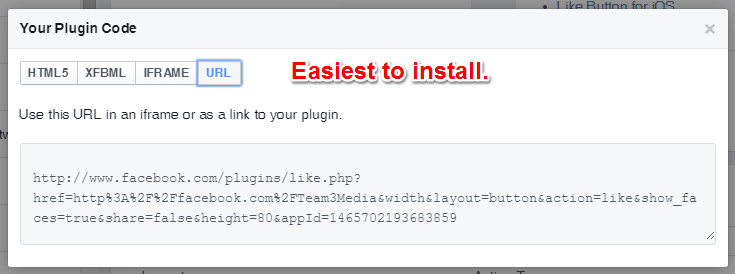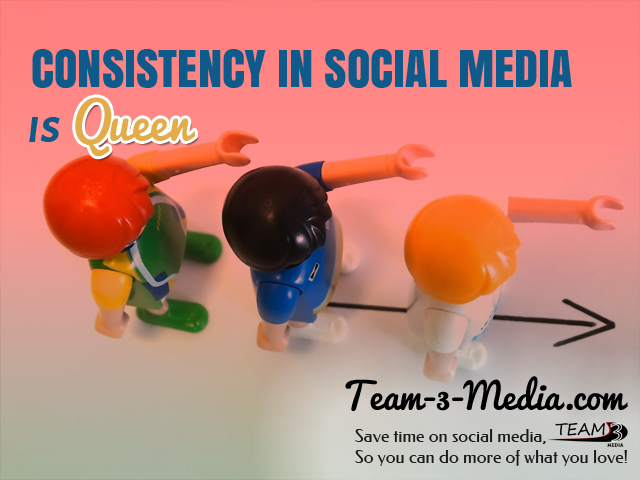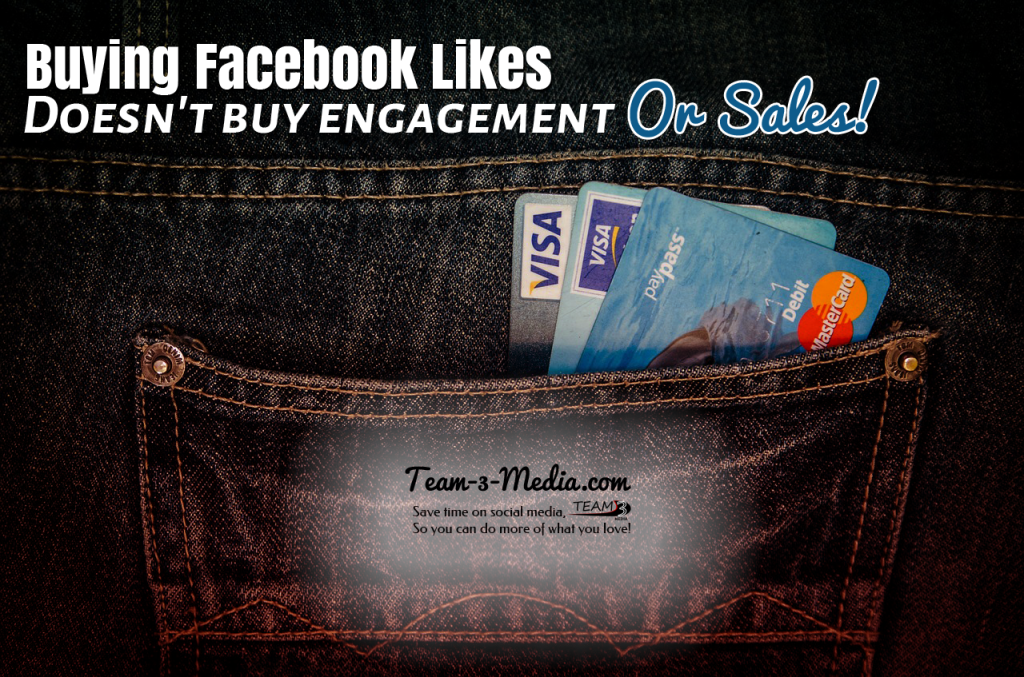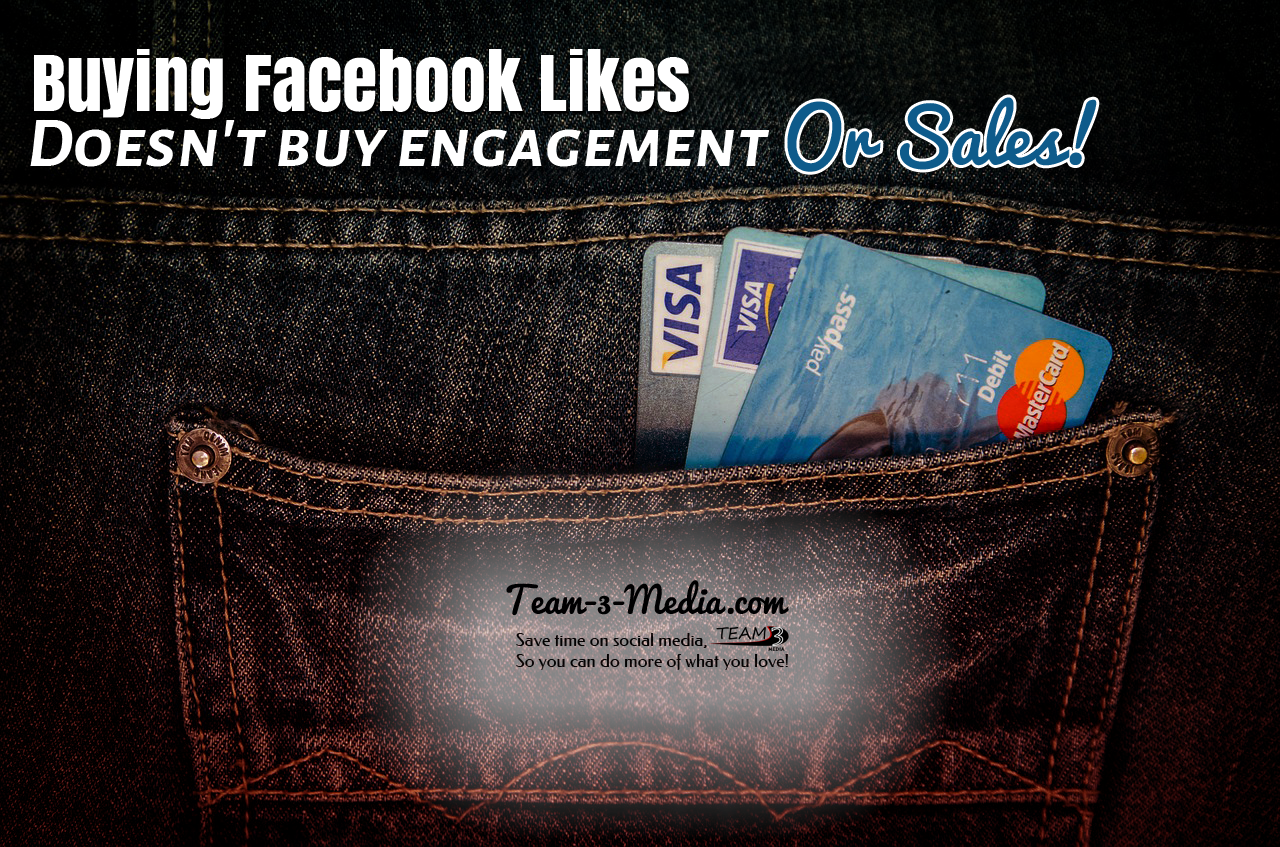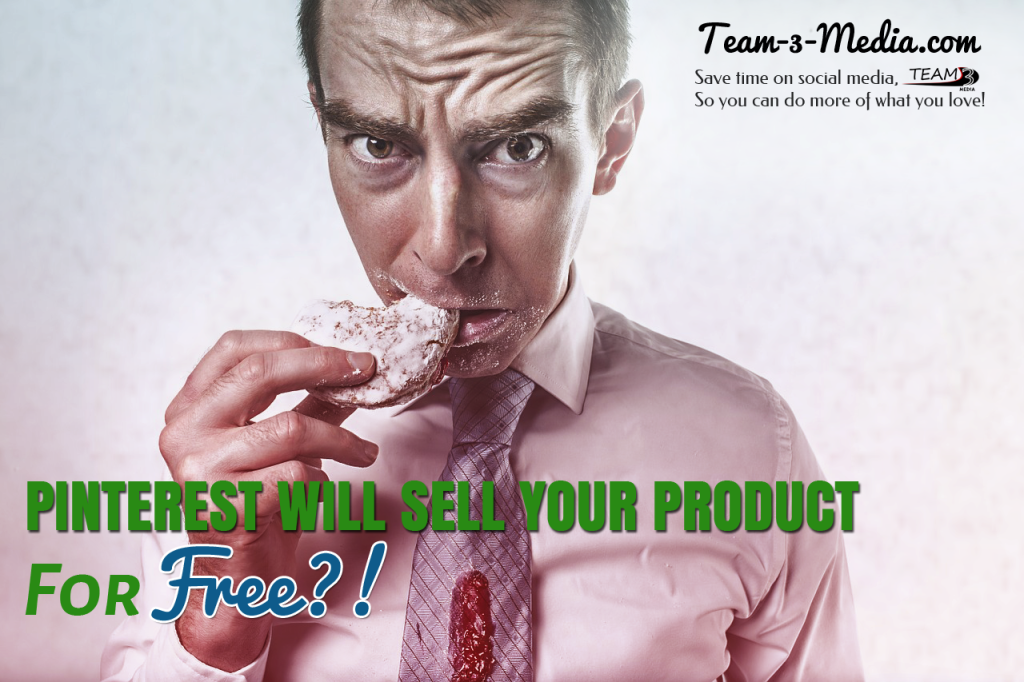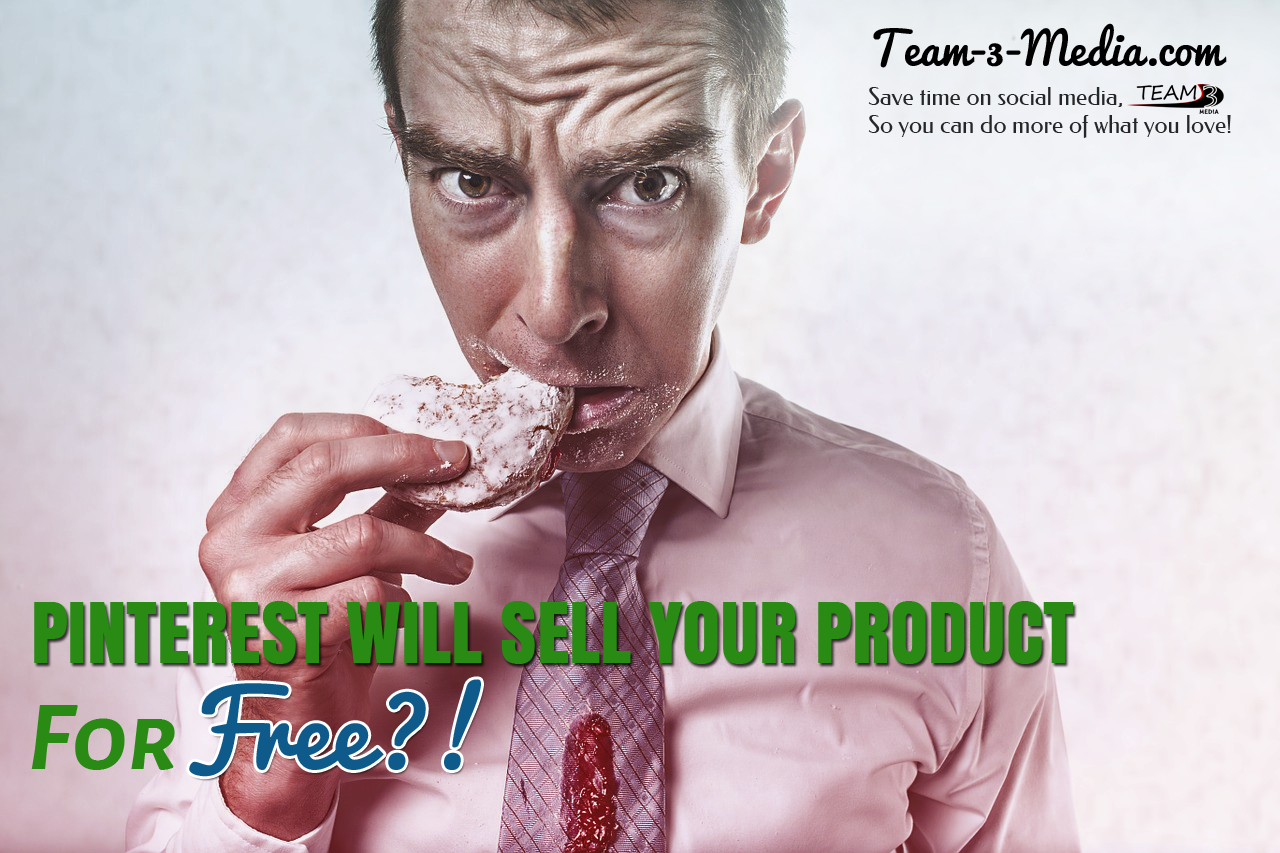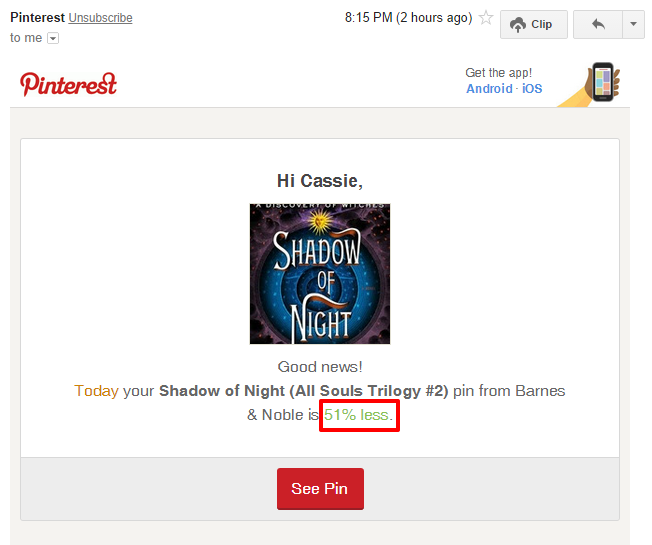Anyone worth their salt as a consultant will tell you that you need a plan to get the most out of social media. This is absolutely crucial to your success. What’s missing from most social media plans, though, is a system. A set of rules, if you will that governs how effective a plan can be. It’s a way to implement the goals that you have and an order to do them in.
I’ve seen and built a lot of social media plans. Some were successful, and some were not. The ones that were successful had one thing in common: they setup their plan with a systemized approach. In other words, everything in the plan is built to fulfill a specific purpose. Nothing in the plan deviates from that purpose.
There is a better word than purpose, though. Some people like to call them “goals”. I like to call them “phases”, because you can have multiple goals within a phase and still be working towards that one purpose.
There’s really only three major phases that you can shoot for in social media. They are:
- Building an Audience
- Building Engagement
- Converting Followers
Want to know what the most successful social media plans had going for them? They tackled these phases one a time and in order.
Phase 1: Build Your Audience
When I first started in social media, the company I was working for didn’t have a social media presence. Since this was my first social media job, I had to learn how to set them up and make them work. I had read a lot of stuff about how social media was so powerful. About how it could increase your sales and popularity far beyond what you could achieve normally. So, I had hope that it would work.
When we first started with Facebook, it was still pretty early for businesses to be jumping on. It was easier to build an audience then. But that’s not what I was focused on. Instead, I was doing all kinds of things. And I didn’t understand why I wasn’t getting the engagement that I had heard about. Or why I wasn’t getting people to bring in the coupons we would post, or respond to our online sales.
It wasn’t until we ran a big “Like Us” contest that I really started to see engagement and conversions on our Page. In fact, our audience grew so much from that contest, that the engagement and conversions had also skyrocketed. It was then, that I understood how social media works.
See, the simple truth is, you have to have an audience that will support the engagement and conversions. If you don’t, it won’t happen. No amount of pie in the sky thinking will deliver that for you.
No matter what platform you’re on, you have to build an audience first. Unfortunately, building an audience is actually one of the hardest parts of the whole process because it’s a step that consists of three separate objectives.
The first objective is to get people to show up. The second is to get them to pay attention. The third is to get them to want to come back and read more. We’ll tackle how to get all of these to work together in a later post. For now, let’s just look at the basic activities you need to do to get started.
- Post content consistently.
- Use the basic tools of the platform (e.g. Twitter = hashtags, Facebook = shares and likes).
- Ask questions.
- Be funny.
- Be real.
- Use what’s working on the platform now (e.g. Facebook = video)
- Look outside of the platform for followers (e.g. Facebook Like Button)
- Run a Contest or Promotion to generate excitement.
- Find your voice.
Phase 2: Build Engagement
The next phase to tackle once you’ve built your audience is to get them engaged. If they’re already engaged, then that just means you have an advantage. But if they’re not, you may have a hard road ahead of you.
My first success had really taught me that you could be achieve your goals with social media if you focused on the right phase at the right time. But, later, I struggled with building engagement on other platforms and social media accounts.
A couple of years after I started doing social media, I started to take on other clients on a freelance basis. I thought I knew what I was doing by that point. After a few months, though, it became clear that I really didn’t.
I used what I knew worked: I focused on building an audience before building engagement. But I wasn’t getting the same results. I didn’t understand why it seemed to only work once. I thought, that must have been a fluke. But I questioned that assumption, because I had read so many articles telling me different. So, I decided to dig deeper and figure out why it had worked so well the first time. I did this by trying a ton of different things to build engagement (including running more contests).
My conclusion was this: in those early days we had grown our audience so fast by harnessing the excitement that a contest produces. This meant that our audience was already engaged. It gave us a leg up when it was time to move to this next phase. Because we were also posting consistently to Facebook, and we understood what was working on the platform, we were able to keep that engagement going.
Once I understood that, I knew that the key to getting more engagement was to give it a kick-start. Contests work well for this purpose, but they’re not the only answer. Sometimes, they’re not even the right answer for the client.
There are lots of activities that build engagement. Most of these same activities you’ll notice are also ones that are used to build an audience. That’s because the same characteristics of social media that build connections, also help spread those connections farther than they would normally go.
Below are a list of activities that you can use to build engagement.
- Post content consistently.
- Run a Contest or Promotion to generate excitement. In fact, run these multiple times throughout the year to get the most benefit out of them.
- Ask questions.
- Be funny.
- Be real.
- Find your voice.
- Connect with your audience.
- Use tools outside of the platform (e.g. share buttons on your blog)
- Use the basic tools of the platform (e.g. Twitter = hashtags, Facebook = shares and likes).
- Use what’s working on the platform now (e.g. Facebook = video, Twitter = Twitter chats)
- Bring them into your sales funnel.
Step 3: Convert
Conversions matter in social media. It’s the return part of “Return on Investment” that we’ve been hoping for. That doesn’t mean that we don’t enjoy the warm fuzzy feeling and the connections we make with our community. Those are important, too, and can keep us going when the conversions aren’t happening like they should. But most of us want to get something more out of it. Most of us want to be able to justify the time we’re spending talking with people, researching content, posting, spending money on ads, and the hundreds of other things you need to do to keep up with your social media accounts.
Conversions are tough to achieve, especially on social media. That’s mostly to do with a glaring difference between a business’ motivation and a person’s motivation on social media. People get on social media to connect, or to find out what’s going on, or even just to unwind. Businesses on the other hand want to connect with their customers, but they also want to make the sale. Those motivations just don’t line up. Often times, this means that social media posts by businesses can be seen as an intrusion. Or at the very least, they can seem out of place.
So if conversions are our goal, then how do we go about getting them?
Some of the same things you do to build an audience and build engagement also work for making conversions on social media. Again, this is because of the way social media works. The main thing that companies who make conversions on social media do, though, is they connect with their followers. They learn what their audience likes to hear, and what they like to talk about. Then they take that information and they apply it to how they sell their product. That’s why these same activities can work for conversions, just as well as building an audience and engagement.
Here’s the list of activities that will help convert your followers into customers:
- Post Consistently (tired of seeing that yet?)
- Post a sale or a promotion
- Run a contest (yep, contests can even be used for conversions!)
- Ask questions.
- Be funny.
- Be real.
- Find your voice.
- Connect with your audience.
- Use the basic tools of the platform (e.g. Twitter = hashtags, Facebook = shares and likes).
- Use what’s working on the platform now (e.g. Facebook = video, Twitter = Twitter chats)
- Ask for the sale
- Run ads or use other promotional tools.
- Bring them into your sales funnel.
As you can see, the main difference in most of these phases isn’t the activities, it’s the intention and execution. It’s the focus of the conversation.
I have been successful and have seen others be successful in social media from following other systems. But I’ve achieved the most success when I followed this system step-by-step.
Your turn. Have you found a system that works for you? Are you having trouble building an audience, your engagement, or your conversions? Have you seen success when you focused on one goal at a time? Let me know in the comments below.

